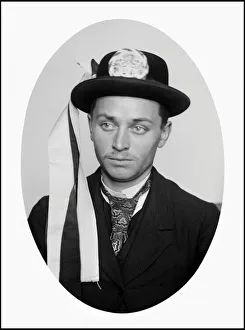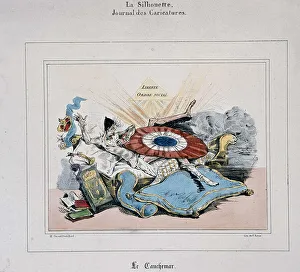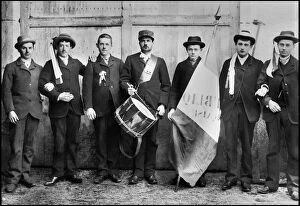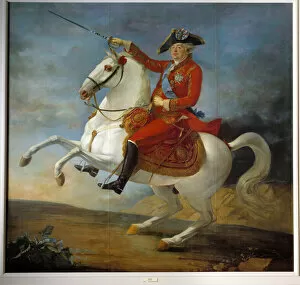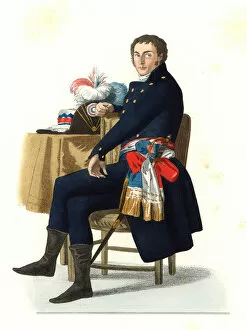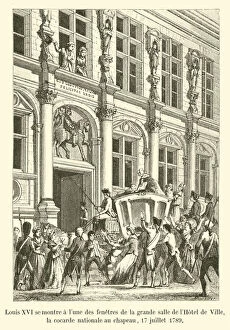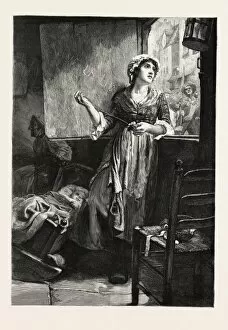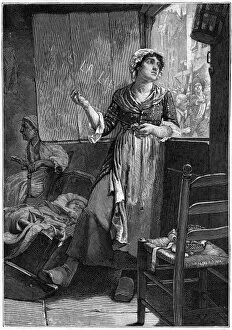Cocarde Collection
"Cocarde: A Symbol of Revolution and Identity" The cocarde, a small roundel worn on hats or clothing, holds great significance in French history
All Professionally Made to Order for Quick Shipping
"Cocarde: A Symbol of Revolution and Identity" The cocarde, a small roundel worn on hats or clothing, holds great significance in French history. Its origins can be traced back to the French Revolution in 1789 when General La Fayette famously declared, "This Roundel will go around the world. " This simple yet powerful accessory became a symbol of liberty, equality, and fraternity. In an illustration from 1896 titled "Portrait of a Conscript, " we see a young man proudly wearing the cockade in his hat at the Abbey of Septfontaines in Bourmont. The photograph taken by Paul Emile Theodore Ducos circa 1870 captures not only his patriotic spirit but also reflects the widespread adoption of this emblem among conscripts during that time. However, not everyone embraced this revolutionary symbol peacefully. In an intriguing artwork called "The Nightmare: Cocad Crushing Royalty" from "The Silhouette, The Diary of Caricatures" dated December 19th, we witness how some used the cockade as a weapon against royalty. It depicts an unsettling scene where power is being crushed under its weight. Another photograph by Ducos showcases a group of conscripts accompanied by a drum at the Abbey of Septfontaines. They proudly display both the cockade and the French flag on their uniforms—a testament to their loyalty towards their nation during uncertain times. Artists throughout history have captured various aspects related to cocardes. Jean Francois Carteaux's equestrian portrait portrays Louis XVI with his hat adorned with this national emblem while Eleonore Duplay is depicted engaged by Maximilian Robespierre in her portrait—both showcasing individuals associated with pivotal moments during that era. Even fashion has been influenced by these symbols; lithography from Edmond Lechevallier-Chevignard's illustration based on Carle Vernet's painting shows a young man born into Incredible fashion—an homage to the extravagant styles of the 18th century.







